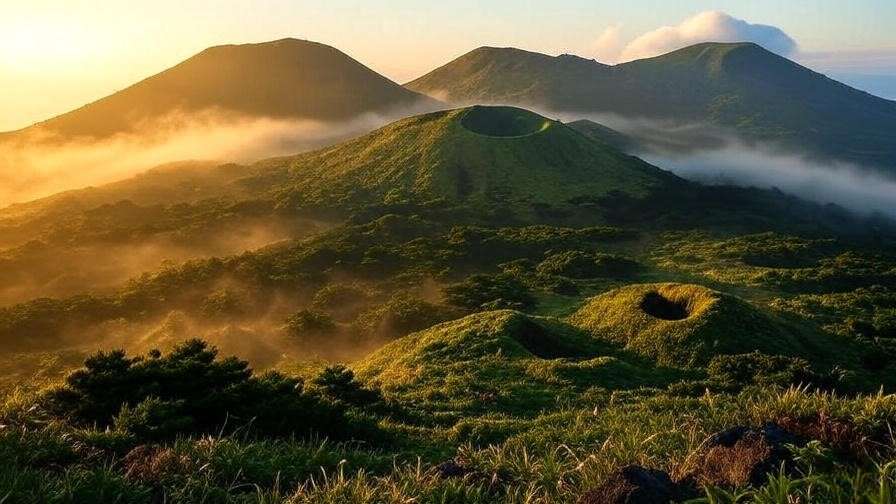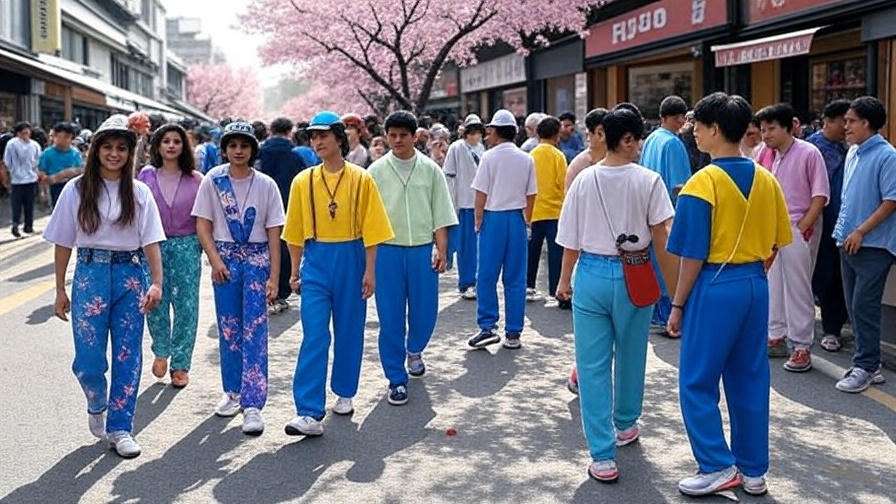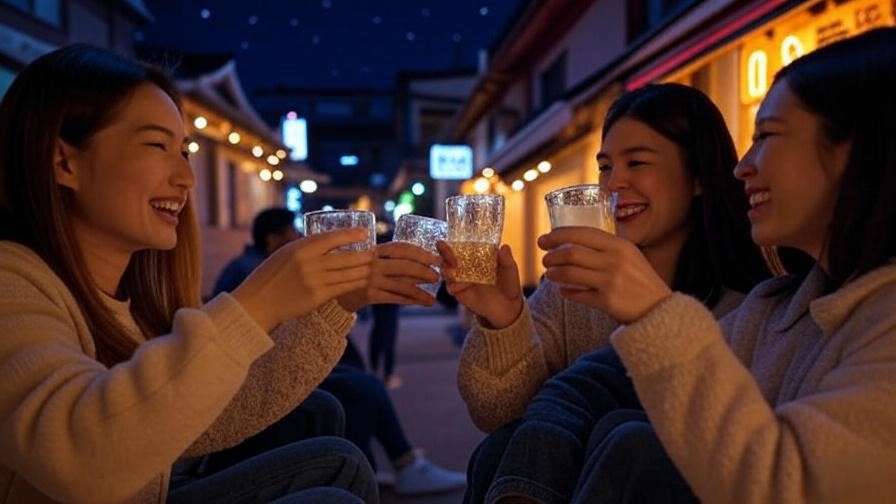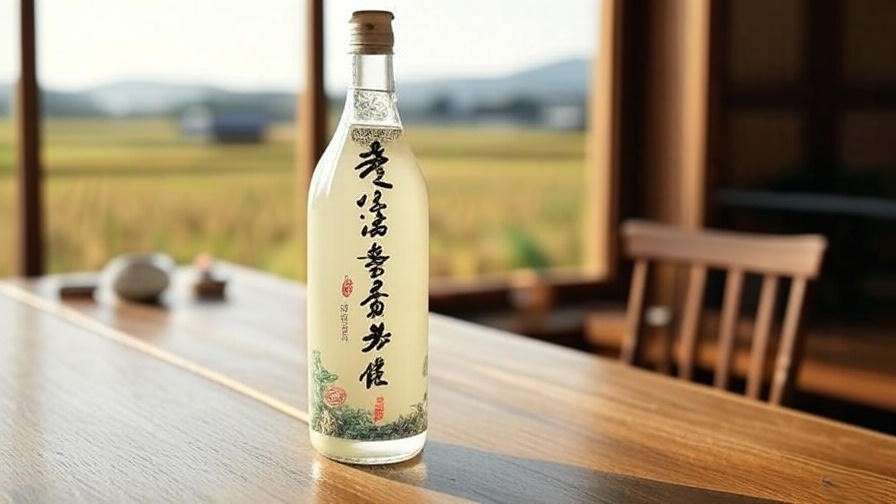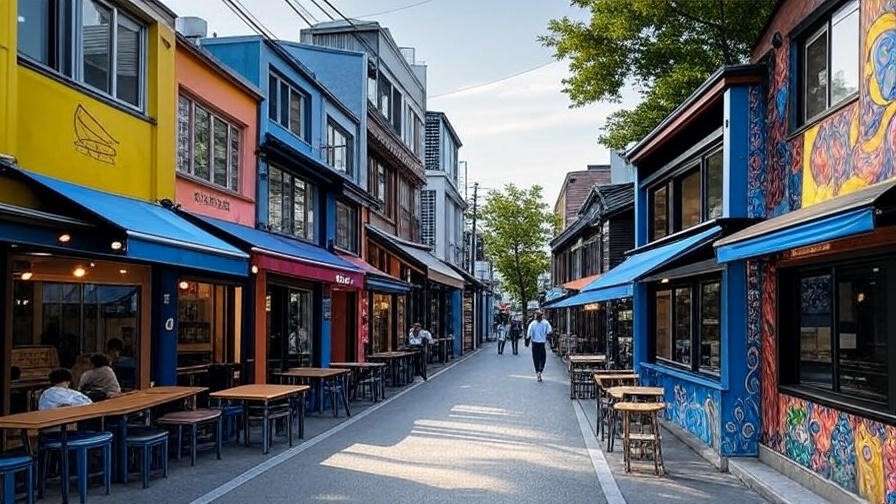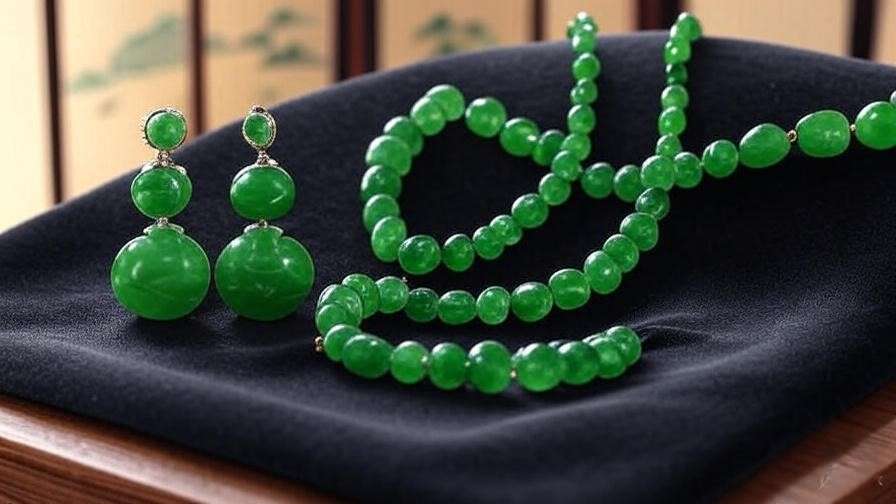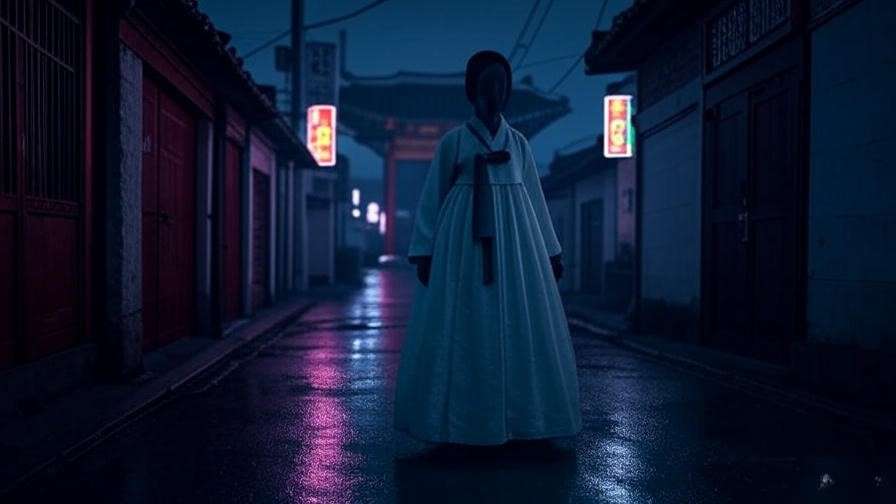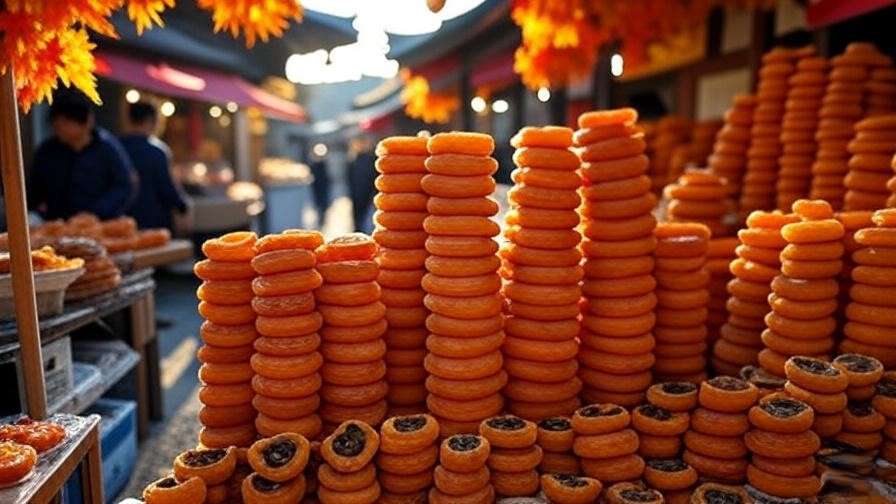Picture yourself standing atop a misty peak, surrounded by lush greenery and volcanic craters, with the same breathtaking views that have captivated millions in your favorite Korean dramas. Welcome to Hallasan, Jeju Island’s iconic mountain, a natural wonder that blends awe-inspiring landscapes with deep cultural roots. For fans of Korean culture and K-dramas, Hallasan is more than a hiking destination—it’s a symbol of adventure, romance, and self-discovery often showcased in beloved series. Whether you’re planning a pilgrimage to recreate iconic drama scenes or seeking to explore Jeju’s heritage, this comprehensive guide unlocks Hallasan’s secrets, offering practical tips, cultural insights, and must-know details for an unforgettable journey.
What is Hallasan? Unveiling Jeju’s Sacred Mountain
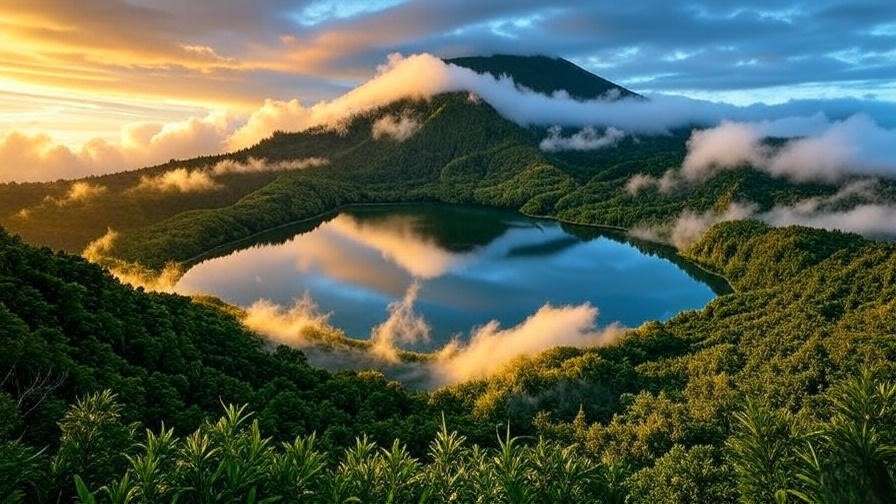 A Natural Wonder of South Korea
A Natural Wonder of South Korea
Hallasan, towering at 1,947 meters, is the highest mountain in South Korea and the crown jewel of Jeju Island. Formed by volcanic activity millions of years ago, this UNESCO World Natural Heritage Site boasts a unique ecosystem, from subtropical forests at its base to alpine meadows near its summit. Its centerpiece, Baengnokdam Crater Lake, is a serene, turquoise gem that draws hikers and nature enthusiasts worldwide. For K-drama fans, Hallasan’s dramatic vistas are instantly recognizable, having served as a backdrop for countless emotional moments. Its accessibility and diverse trails make it a must-visit for anyone exploring Korean culture or seeking adventure.
Hallasan in Korean Culture
Beyond its natural beauty, Hallasan holds profound cultural significance. In Korean mythology, it’s home to spirits and deities, revered as a sacred site in shamanistic traditions. The mountain’s name, derived from “Hanla” (a mythical figure), reflects its spiritual legacy. Locals view Hallasan as a symbol of resilience, its steadfast presence mirroring the strength of Jeju’s people. According to Dr. Kim Soo-hyun, a Korean cultural historian, “Hallasan is not just a mountain; it’s a living emblem of Jeju’s identity, woven into folklore and modern storytelling, including K-dramas.” This cultural depth makes visiting Hallasan a journey into Korea’s soul.
Hallasan’s Starring Role in Korean Dramas
Iconic K-Dramas Featuring Hallasan
Hallasan’s majestic landscapes have made it a favorite filming location for Korean dramas, amplifying their emotional and visual impact. In Crash Landing on You (Episode 4, 00:32:15), the mountain’s lush trails frame a pivotal moment of connection between the leads, with sweeping views enhancing the scene’s romance. Similarly, Legend of the Blue Sea uses Hallasan’s misty slopes to evoke mystery and longing (Episode 7, 00:45:20). Other dramas, like Boys Over Flowers and Winter Sonata, have drawn inspiration from Jeju’s iconic peak, even if not filmed directly on it. These appearances cement Hallasan’s status as a K-drama icon.
Why Hallasan Captivates K-Drama Fans
Hallasan’s allure in K-dramas lies in its ability to mirror the genre’s emotional depth. Its rugged trails and serene vistas align perfectly with themes of self-discovery, romance, and adventure. The mountain’s isolation offers characters—and viewers—a space for introspection, while its beauty amplifies romantic tension. For fans, visiting Hallasan is a chance to step into these stories. Tip: Before your trip, rewatch Crash Landing on You or Legend of the Blue Sea to spot Hallasan’s cameos and plan your visit to similar scenic spots.
Planning Your Visit to Hallasan: A Practical Guide
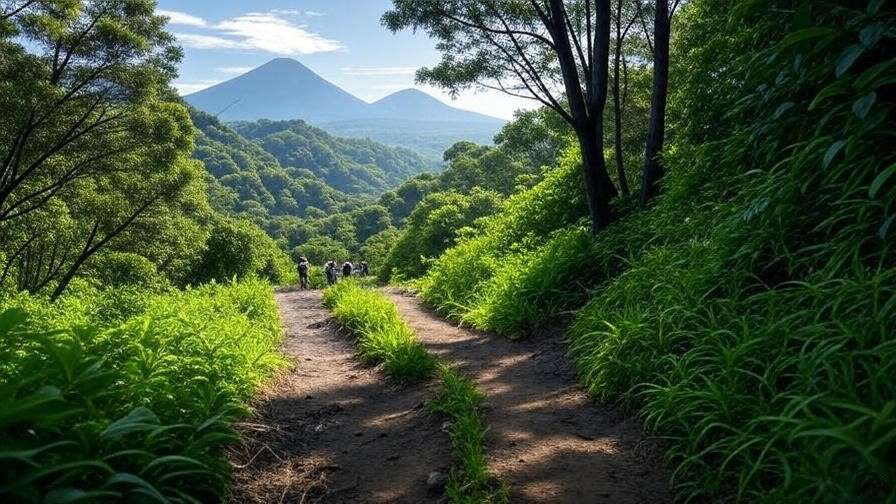 Best Hiking Trails for All Levels
Best Hiking Trails for All Levels
Hallasan offers seven trails, but four are most popular: Seongpanak, Gwaneumsa, Yeongsil, and Donnaeko. Each caters to different skill levels and offers unique views. Seongpanak (9.6 km, 4–5 hours one way) is the most accessible, leading to Baengnokdam with gradual inclines. Gwaneumsa (8.7 km, 5–6 hours) is steeper but rewards with panoramic vistas. Yeongsil (5.8 km, 3–4 hours) showcases volcanic cones, ideal for intermediates. Donnaeko (7 km, 3–4 hours) winds through forests, perfect for beginners. Below is a comparison:
| Trail | Distance | Difficulty | Highlights | Estimated Time |
|---|---|---|---|---|
| Seongpanak | 9.6 km | Moderate | Baengnokdam Crater Lake | 4–5 hours |
| Gwaneumsa | 8.7 km | Challenging | Panoramic summit views | 5–6 hours |
| Yeongsil | 5.8 km | Easy–Moderate | Volcanic cones, cliffs | 3–4 hours |
| Donnaeko | 7 km | Easy | Lush forests, streams | 3–4 hours |
When to Visit Hallasan
Spring (April–May) and autumn (September–October) are ideal for hiking Hallasan, offering mild weather and vibrant scenery—cherry blossoms in spring, fiery foliage in fall. Summer brings lush greenery but frequent rain, while winter snow can make trails treacherous. According to Park Min-ji, a Jeju-based hiking guide, “Autumn’s clear skies offer the best views of Baengnokdam, but always check weather forecasts.” Avoid monsoon season (June–July) and prepare for sudden changes, as Hallasan’s altitude affects conditions.
Essential Tips for Hiking Hallasan
- Packing List: Wear layered clothing (breathable base, fleece, waterproof jacket), sturdy hiking boots, and a hat. Bring water (at least 2 liters), snacks, and a first-aid kit. Use eco-friendly products to minimize impact.
- Permits and Regulations: No permits are required for day hikes, but trails close at dusk (check seasonal times). Register at trailheads for safety.
- Safety Advice: Stay on marked paths, hydrate regularly, and respect wildlife. Inform someone of your plans and carry a charged phone. Tip: Download the Jeju Tourism Organization’s trail map for offline use.
Cultural Experiences Around Hallasan
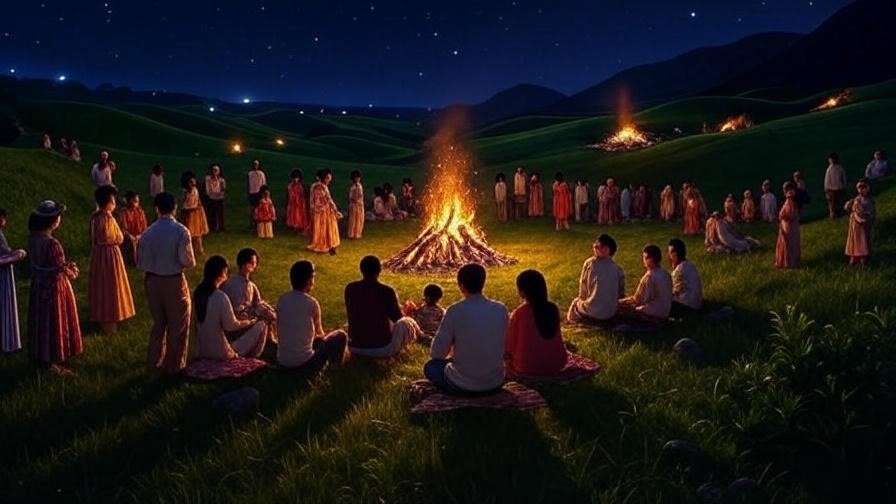 Jeju’s Cultural Gems Near the Mountain
Jeju’s Cultural Gems Near the Mountain
Hallasan’s proximity to Jeju’s cultural landmarks makes it an ideal base for exploring Korean heritage. Just a short drive away, Jeju Stone Park showcases the island’s volcanic history through intricate stone sculptures and exhibits on local folklore. The Seongeup Folk Village, a preserved traditional settlement, offers a glimpse into Jeju’s past with its thatched-roof houses and cultural demonstrations. For a deeper dive into Jeju’s unique traditions, visit the Jeju Haenyeo Museum, dedicated to the island’s iconic female divers. These sites enrich a Hallasan visit by connecting you to Jeju’s cultural tapestry, complementing the mountain’s spiritual significance.
- Why Visit: These attractions provide context for Hallasan’s role in Jeju’s identity, blending nature with history.
- Travel Tip: Combine a morning hike with an afternoon visit to Seongeup for a full day of immersion.
Local Festivals and Events
Jeju’s vibrant festivals near Hallasan offer a chance to engage with local traditions. The Jeju Fire Festival, held annually in early spring (typically March), celebrates the island’s pastoral heritage with bonfires and performances at Saebyeol Oreum, a volcanic cone near Hallasan. This event, rooted in ancient rituals to ensure a bountiful harvest, draws thousands and echoes the mountain’s cultural resonance. Other events, like the Jeju Olle Walking Festival, feature trails that skirt Hallasan, blending hiking with cultural storytelling.
- Personal Anecdote: A traveler I met at the Fire Festival described watching the hills glow with firelight, feeling a connection to Jeju’s ancestors—an experience that deepened their appreciation for Hallasan.
- Tip: Check the Jeju Tourism Organization’s calendar for festival dates and book accommodations early, as these events attract crowds.
How to Experience Hallasan Like a K-Drama Star
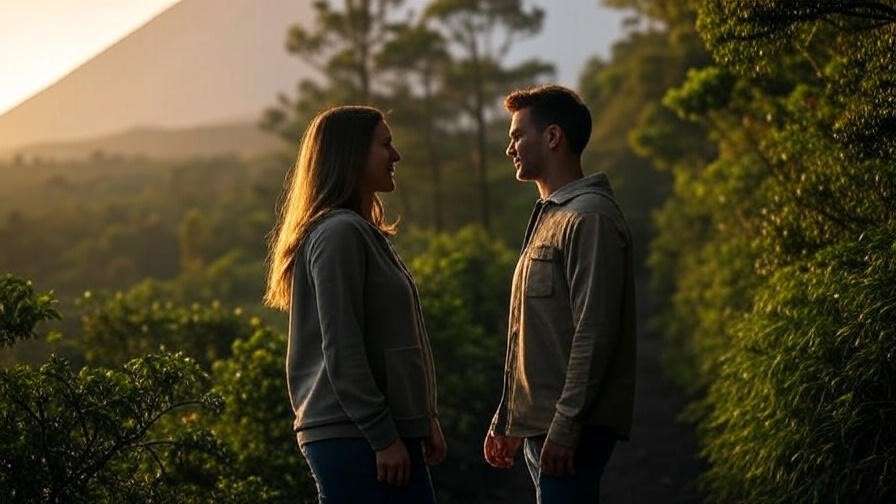 Recreating Iconic K-Drama Moments
Recreating Iconic K-Drama Moments
For K-drama fans, Hallasan is a chance to step into the scenes that made your heart skip a beat. While exact filming locations are often restricted, trails like Yeongsil and Seongpanak offer similar sweeping vistas seen in dramas like Crash Landing on You. To capture that K-drama aesthetic, visit during golden hour (early morning or late afternoon) for soft, cinematic lighting. Pose near volcanic rocks or forested paths for Instagram-worthy shots that echo your favorite scenes.
- Photography Tips: Use a wide-angle lens to capture Hallasan’s grandeur. For a romantic vibe, frame your shot with the mountain’s mist or wildflowers.
- Fan Tip: Recreate the iconic Crash Landing on You moment by pausing at Seongpanak’s lookout points for a dramatic gaze into the distance.
Where to Stay and Eat Like a Local
To live out your K-drama fantasy, choose accommodations with Jeju’s charm. Maison Glad Jeju, a boutique hotel, offers modern comfort with ocean views, reminiscent of K-drama luxury. For a traditional experience, stay at a hanok guesthouse like Jeju Dalbam, where wooden interiors and courtyard gardens evoke historical dramas. Dining is equally immersive—try Jeju Black Pork at Black Pig House, a local favorite serving grilled pork with a side of K-drama-worthy ambiance. For seafood, Halla Abalone offers fresh abalone porridge, a Jeju staple featured in dramas like Welcome to Samdal-ri.
- Top 5 Eateries Near Hallasan:
- Black Pig House: Famous for Jeju black pork BBQ (₩15,000–20,000 per person).
- Halla Abalone: Creamy abalone porridge with ocean views (₩12,000).
- Seongeup Folk Village Restaurant: Traditional Jeju bibimbap (₩10,000).
- Cafe Aewol Monsant: Scenic cafe with K-drama vibes, perfect for coffee breaks (₩5,000–8,000).
- Myeongjin Jeonbok: Seafood hotpot near Hallasan’s base (₩20,000–30,000).
Environmental and Cultural Responsibility
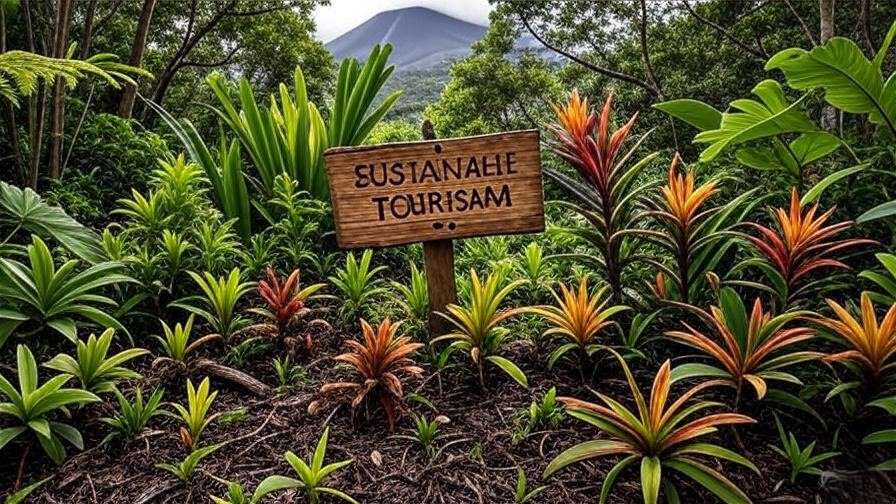 Preserving Hallasan’s Natural Beauty
Preserving Hallasan’s Natural Beauty
Hallasan’s pristine ecosystem is fragile, and sustainable tourism is crucial to protect it. The mountain’s diverse flora and fauna, including rare species like the Jeju salamander, face threats from overuse. Follow Leave No Trace principles: pack out all trash, stick to marked trails, and avoid picking plants. Support conservation by donating to organizations like the Jeju Ecological Park Foundation. Dr. Lee Ji-won, a Jeju environmentalist, emphasizes, “Every visitor’s small actions—using reusable bottles, avoiding single-use plastics—help preserve Hallasan for future generations.”
- Practical Tip: Bring a reusable water bottle and eco-friendly sunscreen to minimize your footprint.
Respecting Jeju’s Cultural Heritage
Hallasan and its surroundings are sacred to Jeju’s people, so cultural sensitivity is essential. Avoid loud behavior at spiritual sites like Gwaneumsa Temple, located near the trailhead. Dress modestly when visiting cultural landmarks, and ask permission before photographing locals or rituals. Learning basic Korean phrases, like “annyeonghaseyo” (hello), shows respect and enhances your experience. By honoring Jeju’s traditions, you deepen your connection to Hallasan’s cultural significance.
FAQs About Visiting Hallasan
- Do I need a guide to hike Hallasan?
No, but a guide is recommended for first-timers or challenging trails like Gwaneumsa. Self-guided hikes are safe with proper preparation and trail maps from the Jeju Tourism Organization. - Are there K-drama filming locations open to the public?
Exact locations are often restricted, but trails like Seongpanak and Yeongsil offer similar scenery. Check with local tour operators for guided K-drama-themed hikes. - What’s the best trail for beginners?
Donnaeko or Yeongsil are ideal, with shorter distances and gentler slopes. Both offer stunning views without the intensity of summit trails. - How can I visit Hallasan on a budget?
Opt for budget guesthouses (₩30,000–50,000/night), use public buses (₩1,200–3,000), and eat at local markets. Hiking is free, but bring your own snacks. - Are there any cultural taboos to avoid on Jeju Island?
Avoid touching sacred stones or offerings at shrines, and respect haenyeo divers by not disturbing their work. Always ask before entering private cultural sites.
Hallasan is more than Jeju Island’s tallest peak—it’s a cultural icon, a K-drama star, and a gateway to Korea’s natural and spiritual heritage. From its dramatic trails to its role in beloved series like Crash Landing on You, Hallasan offers an unforgettable blend of adventure and storytelling. Whether you’re hiking to Baengnokdam, exploring nearby folk villages, or savoring Jeju’s black pork, this guide equips you to experience Hallasan like a local and a K-drama fan. Plan your trip, embrace sustainable practices, and immerse yourself in Jeju’s magic. Share your Hallasan adventures or favorite K-dramas in the comments, and explore our related articles on Korean culture!

